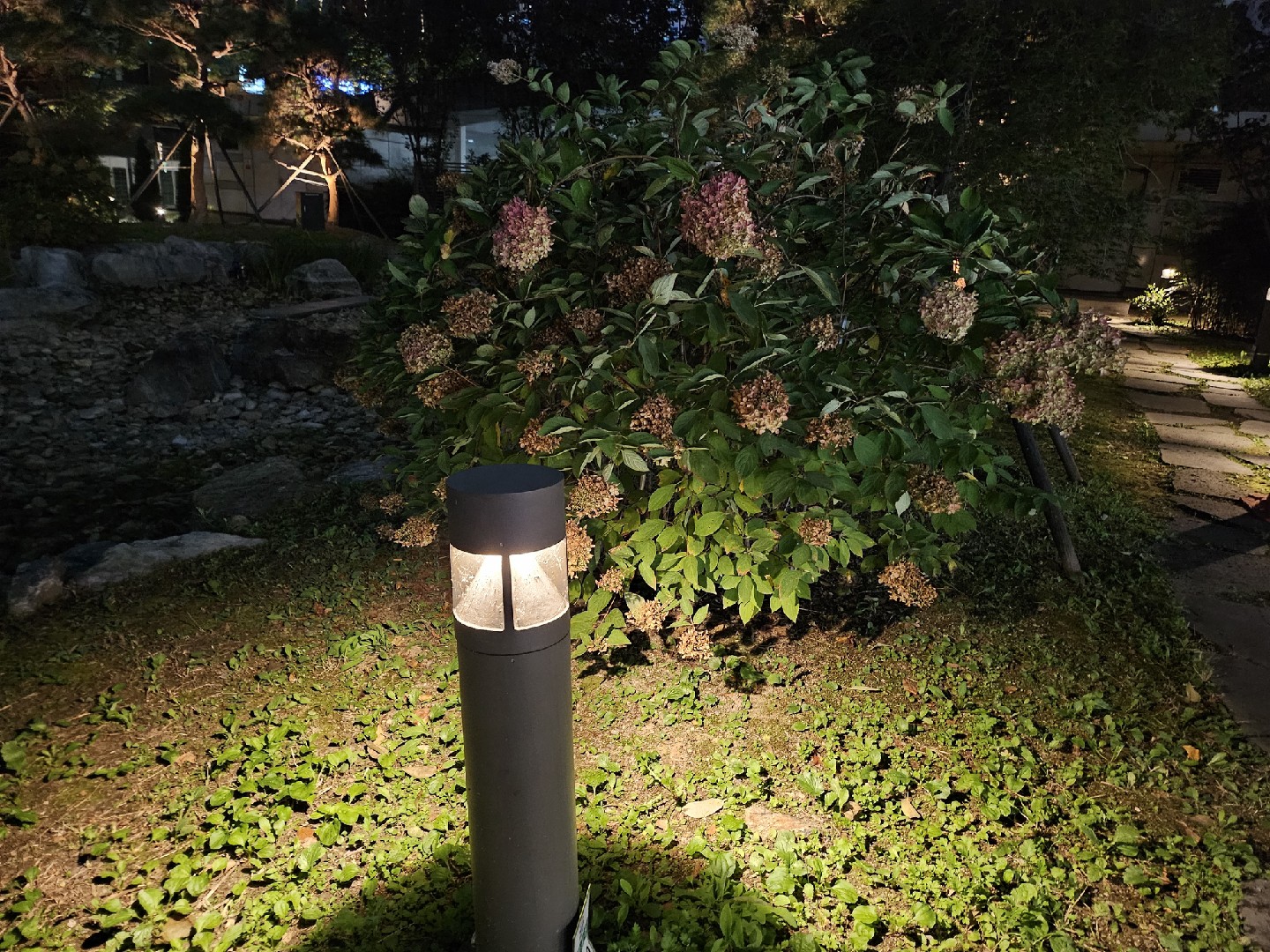![Rectangle]()
Choosing the Right Lighting for Your Garden Art
When it comes to illuminating your garden art, choosing the right lighting can make all the difference in showcasing its elegance. Considerations such as the material and size of your art pieces, the desired mood you want to create, and the different lighting techniques can help you enhance the beauty of your garden in an artistic way.
One crucial aspect to consider is the material and size of your art pieces. Different materials reflect and absorb light differently, so it's essential to choose lighting fixtures that complement your art effectively. For example, if you have metal sculptures, you may want to use lighting that highlights the texture and intricacy of the metalwork. On the other hand, if you have glass art, you might opt for soft and diffused lighting to bring out the transparency and delicate details.
Another factor to consider is the mood you want to evoke with your garden art. Lighting plays a significant role in setting the ambiance of a space. Warm lights, such as yellow or amber tones, create a cozy and inviting atmosphere, perfect for intimate garden settings or showcasing sculptures with warm-colored finishes. Cool lights, like blue or white tones, give off a more contemporary and modern feel, ideal for highlighting sculptures with sleek and minimalist designs. Understanding the mood you want to achieve will guide you in selecting the appropriate lighting color temperature for your garden art.
Now let's delve into the various lighting techniques you can employ to emphasize your garden art. Uplighting is an effective method to bring attention to your sculptures by placing lights below them, casting light upwards. This technique adds depth and dimension to your art, creating captivating shadows and highlights. Downlighting, on the other hand, involves placing lights above your art pieces, casting light downwards. This technique is great for illuminating larger sculptures or installations from a distance and can create a dramatic effect.
Silhouetting is another technique that can add a touch of drama to your garden art. By placing lights behind the sculptures, you can create striking outlines against the background, enhancing their shapes and forms. Shadowing is similar to silhouetting, but instead of creating outlines, it aims to project intriguing shadows on the surrounding surfaces. This technique can add a sense of mystery and intrigue to your garden art.
Lastly, grazing is a technique that involves placing lights close to the surface of your art pieces to create a grazing effect, accentuating their textures and details. This technique is particularly effective for sculptures with rough or textured surfaces, as it brings out their unique characteristics.
By considering the material and size of your garden art, selecting the appropriate lighting color temperature, and employing different lighting techniques such as uplighting, downlighting, silhouetting, shadowing, and grazing, you can create an enchanting and artistic display in your garden. Experimenting with different lighting effects and finding the perfect balance between light and shadow will not only highlight the beauty of your art but also provide a captivating experience for anyone who visits your garden.





